Side blog for my own original works, fanworks are posted on my main @zymple. Also where I reblog ideas and resources.
Don't wanna be here? Send us removal request.
Text
From the OP: "If you sit at a desk or stare at your phone all day, this is for you. Here's how to undo the damage: - Banded Chin Tucks - Strengthen your neck flexors and fight forward head posture - Banded Pull-Aparts - Target your rotator cuff and improve shoulder stability - Banded Abduction - Activate the midline of your scapula for better posture - Lateral Deltoid Raises - Build shoulder stability and control - Banded Up-and-Overs – Boost scapular mobility and range of motion These simple banded drills will help you stand taller, move better, and feel stronger - even after hours at a desk."
Some of these are the same or similar to the exercises my physical therapist taught me.
12K notes
·
View notes
Text
i dont consider myself a 'fashion guru' by any means but one thing i will say is guys you dont need to know the specific brand an item you like is - you need to know what the item is called. very rarely does a brand matter, but knowing that pair of pants is called 'cargo' vs 'boot cut' or the names of dress styles is going to help you find clothes you like WAAAYYYY faster than brand shopping
181K notes
·
View notes
Note
Any tips for differentiating faces and art in general?

Honestly, I’m not sure I’m the best person to ask seeing as I’m by no means a professional and still have a long way to go myself, but I did my best to make a little graphic to help! Mostly, I think it’s just emphasizing certain features, plus the elements of character design where you use certain features to give whatever character it is a specific vibe? Like I used above with the examples 👍 hope it helps a little bit! Thank you for the ask!
51 notes
·
View notes
Text




i've gotten a lot of very kind feedback about how i draw fat bodies, so i thought id make a little guide showing my thought process!! this is far from comprehensive, but maybe it'll be helpful to anyone who feels intimidated drawing plus size furs :)
if anything is unclear, please feel free to ask questions in the replies or reblogs!! <3
14K notes
·
View notes
Text
Which rendering style do you prefer: simple or detailed? I think both are great - in fact, the more styles you can pull off, the better! Here’s my thoughts on that ✨ This is a preview of my tutorial video on different rendering styles! You can find it over on my Patreon.
8K notes
·
View notes
Text

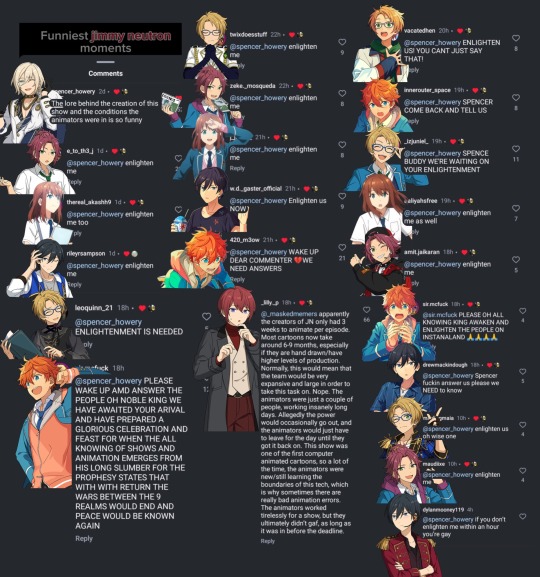







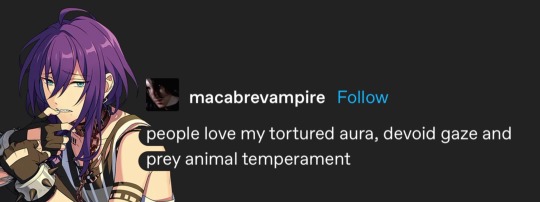
965 - i woulda forgiven hiiro for beating the shit outta that guy this time
81 notes
·
View notes
Text
Did you know that Joan Baez made a song about Mario kart
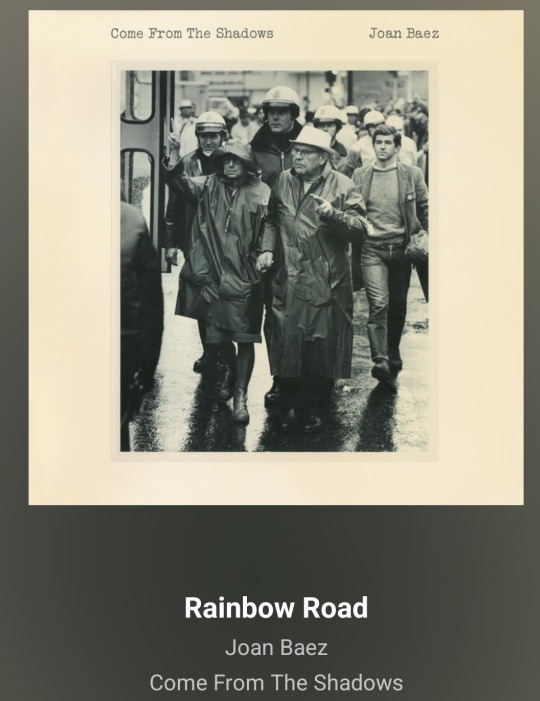
75 notes
·
View notes
Text


i tried drawing him in expressions other than bitch asshole
1K notes
·
View notes
Text
if house md were running in 2024 there would be an episode with a patient who identifies as an ‘online content creator’ (cagily) where house agrees to take the case primarily because when he offhandedly refers to her as an onlyfans model both cameron and cuddy get really offended and say it’s a sexist assumption so he doubles down and becomes committed to finding the patient’s onlyfans and proving it. at some point it would be revealed that chase actually is an onlyfans model and started doing it as a stopgap after his dad died and he suddenly got disinherited but he makes so much money off it that now medicine is basically just a hobby. cameron and foreman both disagree with the concept online sex work but it turns out they disagree for different reasons (cameron thinks it’s exploitative and not-feminist, foreman finds it distasteful and thinks people should get ‘real jobs’) and spend most of their scenes together arguing about this while chase gets continually more shifty. they break into the patient’s house and there’s a full ringlight and camera setup which seems to confirm house’s suspicions. while trying to find the patient’s onlyfans house accidentally finds chase’s onlyfans instead and considers publicly embarrassing him about it like he did with wilson’s sex tape but soon realises that most of the staff at the hospital are already subscribed to chase’s onlyfans so makes fun of him for that instead. it then transpires that the reason why the patient is so cagey about being a content creator is that she’s an ASMR artist and all the soap she’s been shaving on camera has irritated her lungs. cuddy is about to make house give her 20 extra hours of clinic duty as recompense but at last minute it’s revealed that the website the patient uses for some of her bonus commissions is, drumroll…onlyfans, because she’s been banned from patreon. how does house know this? wilson is subscribed to her because the soap videos sometimes soothe him to sleep. something by cigarettes after sex plays. roll end credits.
77K notes
·
View notes
Text
Okay I JUST realized I never posted these on here—- BUT BASICALLY, about a year and a half ago I started doing these experimental black hairstyle posts that were threads long on Twitter, to give artists a source of inspo for their black ocs whose hair they wanted to try something new with! There’s more to black hair than just the selected styles portrayed in media, and I thought it would be fun to show people how much texture, shape, fades, length, and style can be combined when drawing black hair—-cause it’s a kind of manipulation our hair can do irl! The OG posts were lost with the hacking of my original Twitter account (@/bagels_donuts) but I’ve since reuploaded the whole thread to my new Twitter (@/ItsDonutsFR)! I hope artists on tumblr find these useful, sorry it took me so long to post them here😭🙏🏾 I’ll upload them all in parts!








Part 1: Long masc hairstyles + playing with fades
52K notes
·
View notes
Text
a lot of artists dont know how to draw bullets and to be real it bothers me a lot. here's my simple guide on bullets




39K notes
·
View notes
Photo
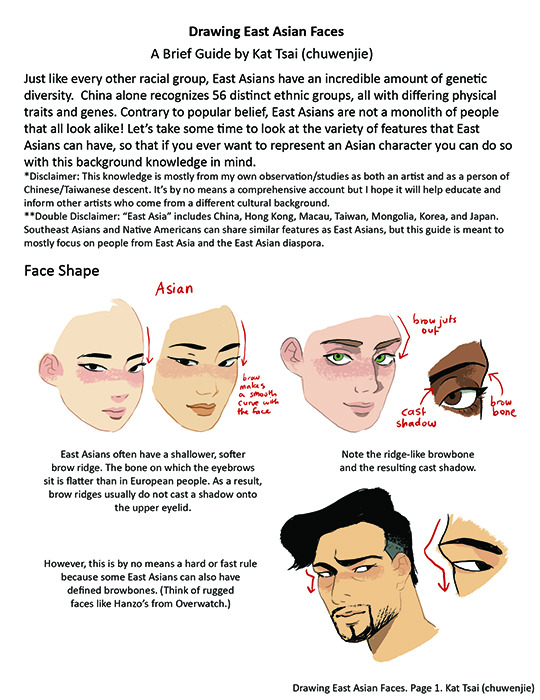
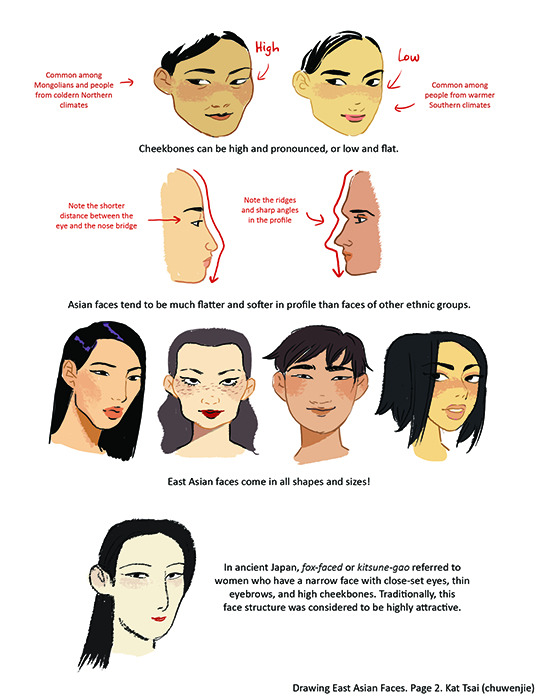
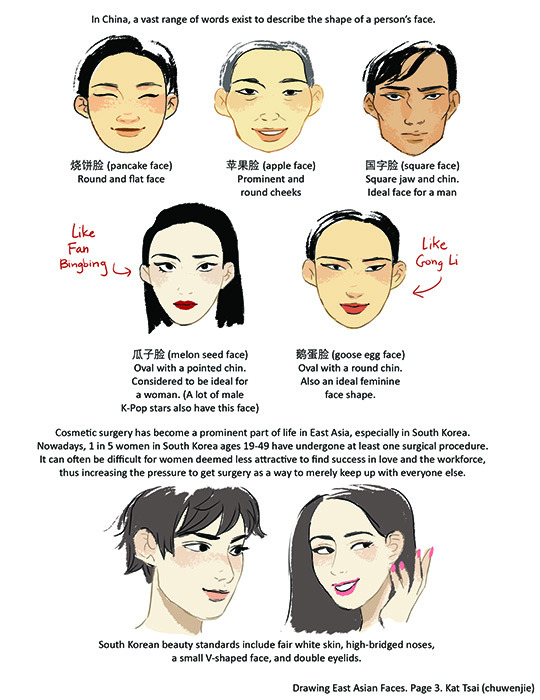
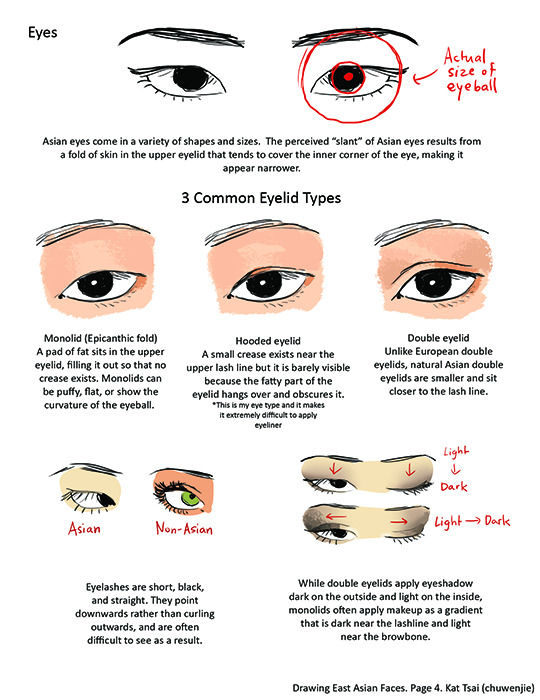
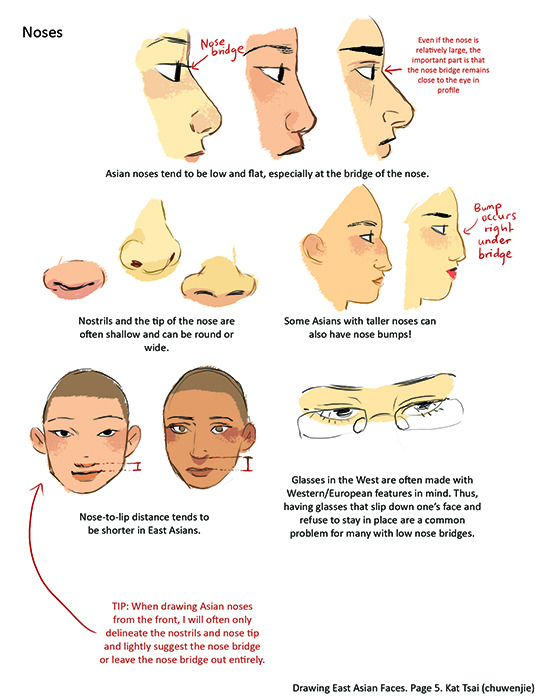
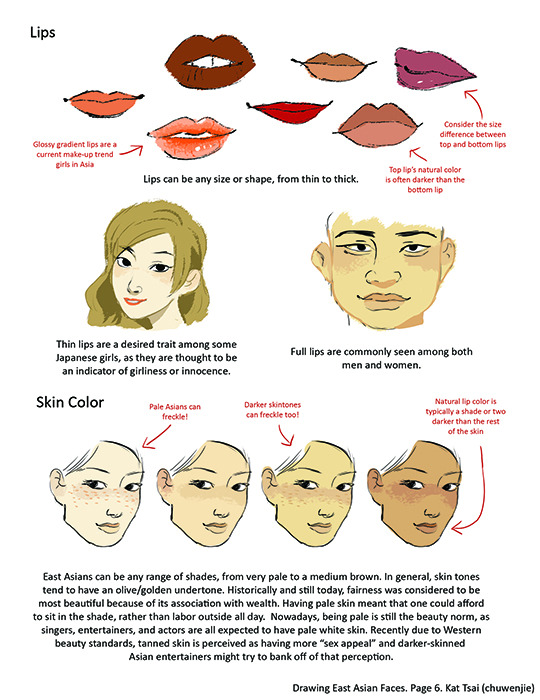
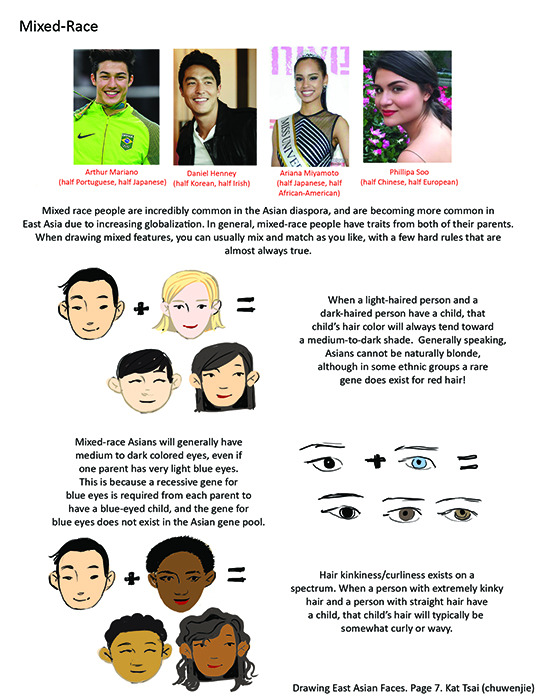
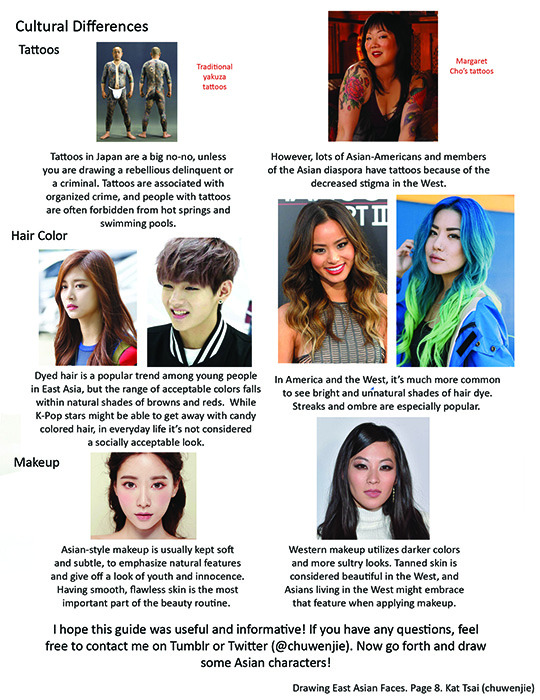
A compilation of stuff I know about drawing Asian faces and Asian culture! I feel like many “How-To-Draw” tutorials often default to European faces and are not really helpful when drawing people of other races. So I thought I’d put this together in case anyone is interested! Feel free to share this guide and shoot me questions if you have any! I’m by no means an expert, I just know a few things from drawing experience and from my own cultural background.
263K notes
·
View notes
Photo



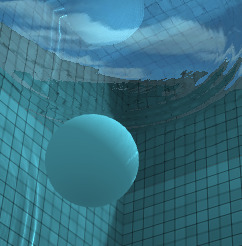

WebGL Water is a great water simulator, with a sphere that can interact with the water’s surface. It can be paused which means you can then use it as a reference for lighting, reflections, refractions, etc.
Painting Tutorials:
Water in Motion
Ocean Waves
Water Bubbles
Water Surface
Stormy Sea Waves
Condensation
Water Droplets
More Various Tutorials
52K notes
·
View notes
Text
Writing Character CHANGE
Character development is absolutely CRUCIAL to a story, but having spent more time thinking about this topic, I came to the realization that I misunderstood a lot of points other people have made when teaching how to write character development.
There are a lot of factors that play into character development, but in this post, I'll cover some overall, but the main thing concerns any change to your character! (Which is also a huge part in development, really.)
So with this post, I'll be teaching you MY personal tips regarding this subject!
*The Basics*
Before we really get into the developmental stage, there are some things you want to establish, in which I'll explain later!
A couple of flaws.
How your character views themselves at first.
Your character's morals/ideals and how they think.
These things may vary, but you want your readers to be able to at least roughly predict how your character will act during specific events!
*Change*
Character development is just about how your character changes throughout the story. I like to say that there are several different ways one may change, (we'll get into that later on) but your character should NOT stay the same as the same person during the exposition and during the resolution!
"During character development, your character should grow."
This is a common piece of advice; your character needs to grow. And while I've assumed for the longest time that I understood what it meant, it never truly clicked.
While they will use words such as grow, what they really mean is that your character should mature. By the end of your story, your character may not always end up as a better person. When I say mature, I mean that they have reflected back on their life and have understood the consequences that came with their actions (if any) or how they could've done things differently.
Your character will not always end up as a better, fixed person, but they should understand their world and themselves better.
*Negative/Passive Change*
Alright then, so how does a character develop if they don't necessarily change for the better? Well, I'll get into that!
No matter what, your character should have learned a lesson through their experience. Even if they haven't exactly improved as a person, there should be a moral they can learn from what they have gone through.
If not, then did they really grow?
Additionally, how did their qualities negatively impact themselves? If they are bad traits, then it needs to be clear. And the best way to achieve this is by demonstrating how it hurts your character! However, it is rather uncommon for a character to undergo little to no change after a story!
*Positive Change*
Let's circle back to the basics, real quick. Remember how I said that before any development takes place, your character should be anything but perfect? That same thing applies to after the change.
Do NOT create a flawless character by the end of your story. Instead, focus on one or two flaws that get fixed as the story continues. These don't have to be huge, life-changing imperfections, but they can be minor ones that still shape their life in one way or another.
"Fixing" too many shortcomings can make your character seem, well, out of character, producing a character development that's more forced. The same thing applies if you're attempting to FULLY alter a fault that's just too big. The change will be too noticeable.
What am I talking about? Here's an example!
Imagine a character who's incredibly closed off to other people, wanting to ensure that he never gets too close to others.
That's a pretty sizable flaw, no? By the end of your story, you do not want to completely change because you need to preserve character, but you can change it a bit. Does he have a few friends now? Does he understand that there are some people worth trusting?
He may still be closed off to majority of people, but at least it's not everyone, and that's a realistic change.
*Different Changes*
As I continue to read more stories and watch more shows, I have realized that character development is not always about fixing flaws or personality, but it can extend far past that line.
So listen up, because I feel like no one really talks about this.
Your character can change their IDEALS, MORALS, and how they VIEW THEMSELVES.
Hear that? If your character has strong morals, they will hardly stay the same as they reach the end. Remember the requirements I mentioned at the beginning?
See how it connects now? There is SO much more to character development than changing a few imperfections. Like I said in the start, your character needs to grow and mature. Things like new morals or ideals assist with that!
*SUMMARY*
In order to start character development, you need a couple of flaws, an idea of how your character looks at themselves, and their morals. This is because those are the main parts of you character that may change through time.
Growth = Maturing (gaining a better sense of who they are and the world they live in.)
NOT ALL CHARACTER DEVELOPMENT IS POSITIVE!
For negative or passive change, make sure to clarify how their imperfections affected or hurt them and have some sort of moral that follows.
YOUR CHARACTER SHOULD NOT BE PERFECT!
They should not be perfect in the beginning, and not perfect in the end! Do not 'fix' too many traits because you want to preserve character.
I think that's all! It's quite the post for something so simple, eh? But hey, character development is absolutely PIVOTAL to a story so I hope I at least explained the 'change' part of that well!
Happy writing~
3hks <3
2K notes
·
View notes
Photo
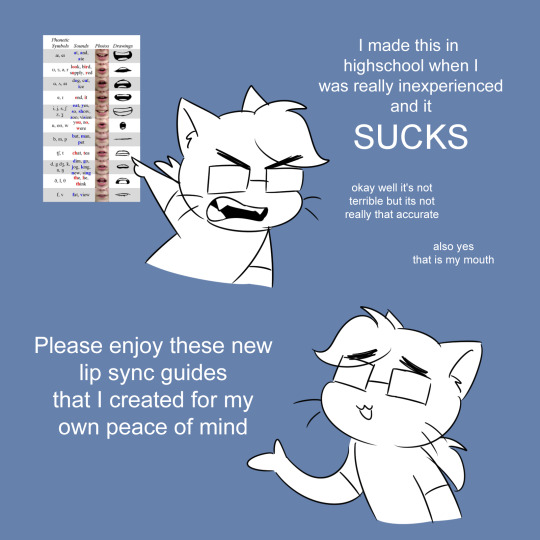
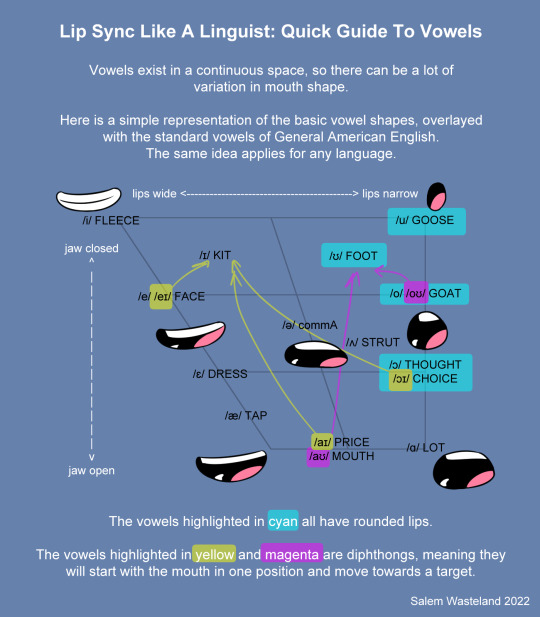
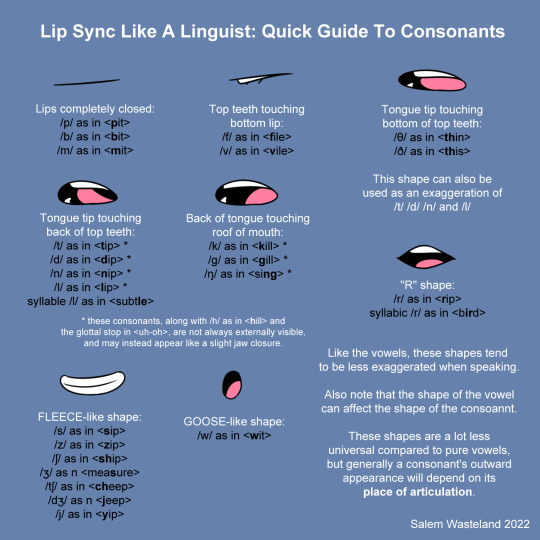
That ol’ chart of mine makes the rounds online periodically and it drives me crazy because it’s frankly not very good. So, I finally got around to remaking it.
I doubt this will get anywhere near as popular, but I wanted to make it.
Good reference for animation, comics, and for visualizing phonetics!
44K notes
·
View notes
Text
("Sonic") Hands Study
I get asked a lot how I draw hands, and particularly how I draw hands in the "Sonic" style. Let me preface by saying I am mostly self-taught, so please do your research and study what techniques work best for you. The following demonstration is what I personally use to help me draw hands in general and–more specifically–how I draw “Sonic” hands. This is less of a tutorial and more of a series of observations.
*And remember, there are always exceptions to the rules!*
I personally believe before you can go about stylizing hands, you have to understand how to draw hands in the first place. Afterall, I think you have to know the rules before you can best bend/break them. Think about super stylized hands in animation like the characters from Atlantis or Hercules. Even though these hands are unlike what we see in real life, they still look and feel ‘natural’ because the artists understand how hands function and are able to bend the rules while still demonstrating proper anatomy.
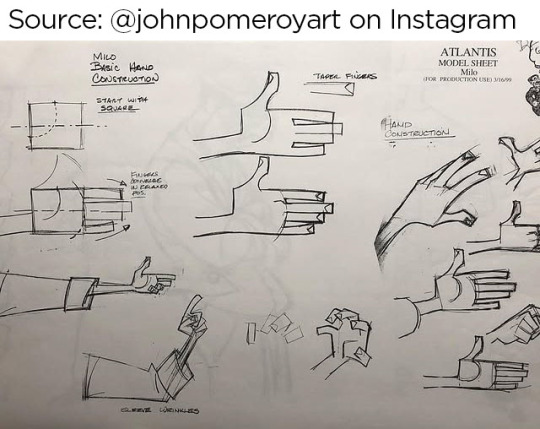
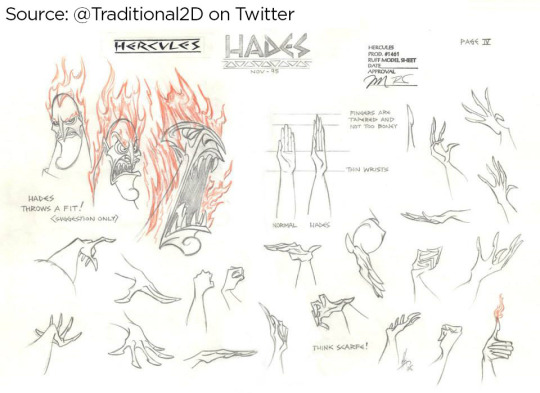
Sources: [x] [x]
I highly recommend studying the anatomy of a hand. It’s educational and fascinating! There are plenty of free resources online!
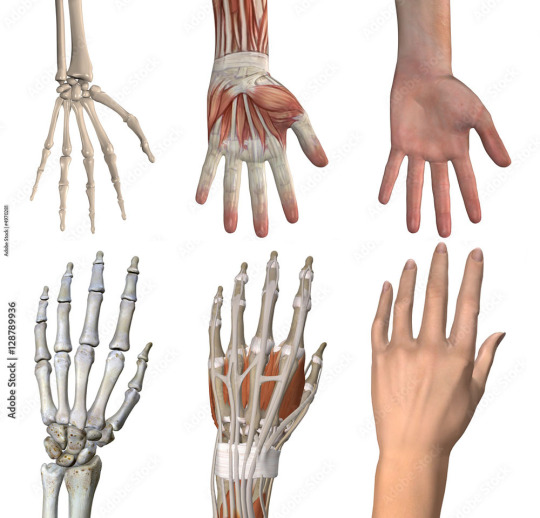
I understand many people find hands intimidating to draw, but the best way to learn how to draw anything is by breaking it down into shapes. Everything is made up of shapes.


3 is the magic number
In simple terms, our hands can be seen in patterns of 3. Your palm can be broken into 3 segments that can move semi-independently. Your fingers are composed of 3 segments each (proximal, middle, distal). There are 3 phalangeal joints per finger. The average shape a person’s fingertips make when aligned is a triangle (a 3-sided shape), with the middle finger being the highest most point of the triangle and the other fingers cascading down (there are exceptions to this rule). Keeping the number 3 in mind will help you remember how hands/fingers articulate.
Everything is connected
Even though elements of your hand can move somewhat independently, every movement influences the other segments of the hand. Notice when you put one finger down how (most likely) at least one other finger moves slightly? Or notice how you can only do certain gestures with the assistance of your other fingers or sections of your palm? Keeping in mind how segments of the hand affect the others will help make your drawings feel more organic and less stiff.

I usually start with the palm (or back of the hand) first and that determines where everything else falls into place.

Once you grasp how hands work, that’s when I believe you can determine how stylized you want to get. There is a very large range of drawings hands from super realistic to very simplistic.

If you’re wanting to emulate a certain style, you have to study it and learn how it works.
"Sonic" hands
As far as Sonic hands go, it depends on which version you’re best hoping to emulate. Notice how the styles vary even throughout the franchise?
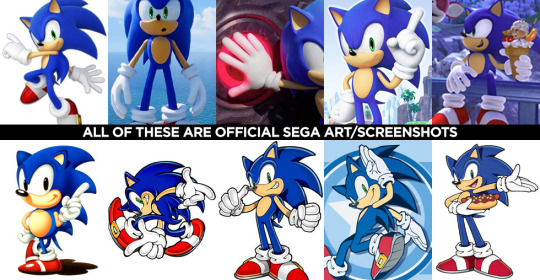
In the 3D video games, Sonic characters tend to have what I classify as more ‘cartoon-y’ hands while in illustrated media, it often leans more towards realism. (Note I said ‘leans towards,’ not full realism). How and why is that?
Let’s break it down into shapes again, Sonic Style! Pt 1
In many of the 3D rendered media, the characters’ fingers are made of more round shapes. The models also don’t conform to realistic proportions. The tips of the fingers are usually larger than the segments closer to the palms (the middle and proximal phalanges), and this helps to deviate them from a more realistic look. Speaking of proportions, the hands overall tend to be disproportionately larger than the rest of the characters’ bodies. This also makes it feel more like a cartoon, even without resorting to a super simplified, 3-fingered hand like Mickey Mouse or Bob Belcher.

Breaking down shapes, Sonic Style! pt 2
Illustrated samples vary depending on the artist/studio, but I’ve noticed that in general, illustrated Sonic characters’ hands tend to have more square/rectangular shapes. The phalanx proportions often resemble what we see in real life, with the fingertips tapering down in size compared to the segments closest to the palm. The overall size of the hands in proportion to the body are still larger than that of real humans, but they tend to be closer in proportion compared to their 3D counterparts. This is why in illustrations, the characters are more capable of crossing their arms, interlacing their fingers, or making other natural hand gestures.

Also, notice in these examples, there’s more detail to the hands than what you’d find on a Looney Tunes character? There are often folds in the material of the gloves, some knuckle definition present, more natural bends to the fingers. However, the hands are almost never as detailed as that of say, a Dragon Ball character where you’re seeing muscle tendons, veins, definition of each finger segment, finger nails, etc.

Sources: Dragon Ball Z, The Looney Tunes Show
MY STYLE
With all that in mind, I happen to find the sweet spot for the Sonic character style right in this range:

Everyone has their own preferences and it’s up to you to decide what you like best, but this is what I prefer.
MY STYLE - Cont’d
I use a blend of the two previous Sonic styles I mentioned, Cartoon-Round + SemiRealistic-Square. I like to go with a more “Squoval” shape (rounded squares) to the fingers. I try to keep the fingers in a naturally proportionate scale with the ends tapering down in size, but the overall size of the hands are still bigger than what you’d see in real life. I like to add a bit more detail when warranted, but I personally rarely resort to definition in the tendons/veins or complex wrinkles in the bends of the fingers (unless it suits a specific character or emotion).

Like I said, this is less of a tutorial and more a series of observations. But perhaps looking at hands in the way that I do might help you with your own drawings! You should absolutely do your own studies to find what works best for you. But I hope you found this helpful in some way!
420 notes
·
View notes
Text


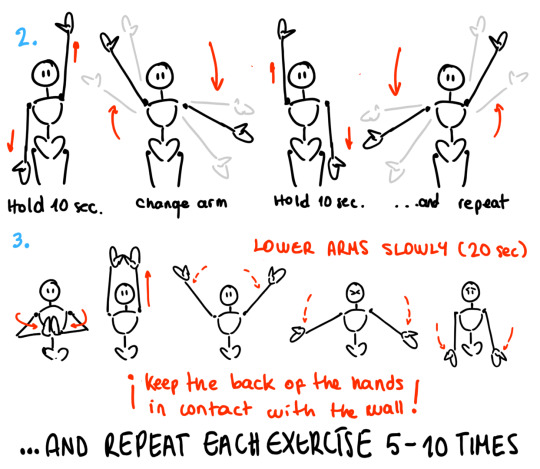
Exercises for all the homies who want to have a long career drawing.
The true problem with being an artist and drawing all day (as I wanted my whole life) is that human backs are not designed to hold that position, so it is very common for artists and designers to have really stiff shoulder blades, creating a chain of muscle strain towards the arm AND the back… and a lot of pain.
These are some physical exercises for artists and honestly anyone who works at a desk.
(all credit to my physiotherapist)
67K notes
·
View notes